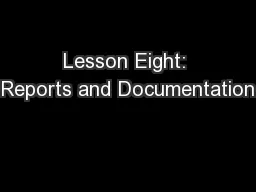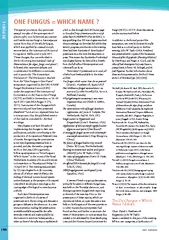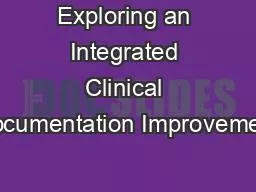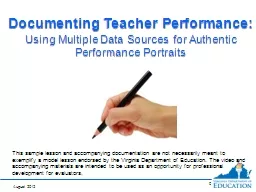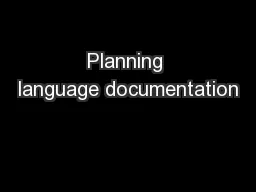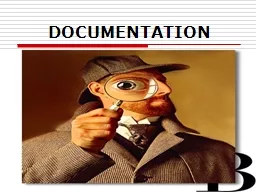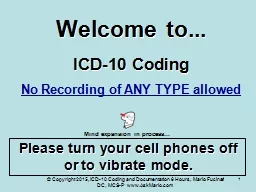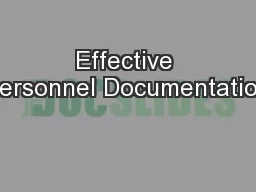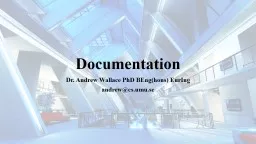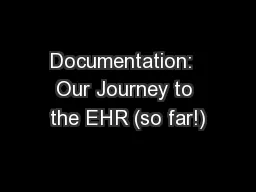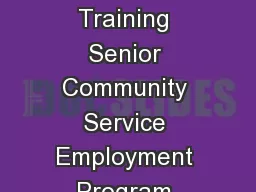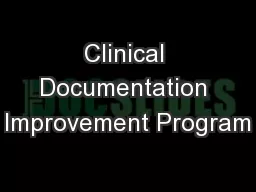PPT-Lesson Eight: Reports and Documentation
Author : luanne-stotts | Published Date : 2018-10-27
OBJECTIVE Evaluate the actions taken during a riverine flood event Supporting Objectives Conduct a debriefing session Describe how postflood evaluations reports
Presentation Embed Code
Download Presentation
Download Presentation The PPT/PDF document "Lesson Eight: Reports and Documentation" is the property of its rightful owner. Permission is granted to download and print the materials on this website for personal, non-commercial use only, and to display it on your personal computer provided you do not modify the materials and that you retain all copyright notices contained in the materials. By downloading content from our website, you accept the terms of this agreement.
Lesson Eight: Reports and Documentation: Transcript
Download Rules Of Document
"Lesson Eight: Reports and Documentation"The content belongs to its owner. You may download and print it for personal use, without modification, and keep all copyright notices. By downloading, you agree to these terms.
Related Documents

